Breast Reconstruction
The decision to have reconstructive surgery following breast cancer is complex and multi-faceted. With numerous types of reconstruction available, deciding on the right technique adds further complication to the situation. Making this decision by collaborating with your consultant will help result in the best outcome which takes your needs into account.
Types of Breast Reconstruction
Tissue Expanders and Breast Implant Reconstruction
This option usually entails two operations and can be done alongside mastectomy or after the mastectomy has healed. If you have a skin sparing mastectomy, the muscle in your chest wall may not need to be stretched. In this case, your surgeon will be able to insert a silicone implant during the mastectomy. However a tissue expander may be needed to help accommodate the implant if you do not have enough tissue. The tissue expander acts as a temporary implant to stretch the skin until it can be replaced by a silicone implant at the desired size. The actual operation itself takes up to three hours but the whole process usually takes several months as a doctor or nurse will inject saline into the expander to increase its size.
After you are fully recovered, further procedures can be carried out to create a nipple. This is usually through reconstruction and tattooing but if you want to avoid another operation, a prosthetic nipple can be made.
– The DIEP, TUG and LD explained below all have the benefit of using living tissue so the new breasts will feel totally natural.
Reconstruction using stomach (DIEP)
DIEP stands for the deep inferior epigastric perforator artery. It is these blood vessels which run through the abdomen and which will be reattached to the chest during microsurgery. During a DIEP, the fat, skin, and blood vessels are taken from the wall of the lower abdomen and moved up to the chest wall to rebuild a breast. This part of the procedure is very similar to a tummy tuck and will result in a horizontal scar in the lower abdomen as well as across the new breast. However, the scar on the stomach is easily hidden by underwear. There is a risk of weakness in the stomach muscles, but most women recover comparatively quickly. There is a lower risk of losing abdominal muscle strength with this operation, and the risk of abdominal bulging and hernia is also very small.
Muscle-Sparing Free TRAM flap (MS-TRAM Flap)
In a free TRAM flap, fat, skin, blood vessels, and muscle are cut from the wall of the lower belly and moved up to your chest to rebuild your breast. Your surgeon carefully reattaches the blood vessels of the flap to blood vessels in your chest using microsurgery. There is also what’s called a “muscle-sparing” free TRAM flap. This means that your surgeon tries to use only part of the rectus abdominis muscle for the flap, instead of a large portion of the muscle. This operation has fewer abdominal complications and side-effects (pain, bulging, hernia, strength loss) because although you will lose some abdominal muscle, the vast majority of the abdominal muscle is spared and left behind. The amount taken is typically very small (the size of a postage stamp). MS-TRAM flap is used in the rare event that the patient’s anatomy does not allow for a DIEP flap.
Reconstruction using the thigh (TUG)
The TUG (transverse upper gracilis) flap uses the gracilis muscle, located in the upper inner thigh. The tissue is removed from across your thigh (transversely) and then reattached using advanced microsurgery techniques. This is a good technique for slim and small chested women as there isn’t usually enough skin and fat from the thighs to make large breasts. There will be a scar across the new breast and the inner thigh but this located very discreetly. An added benefit of a TUG flap is that there is no adverse affect or change to the muscle strength.
Reconstruction using the shoulder and back (LD)
The LD flap or latissimus dorsi flap is so called because the surgeon uses the latissimus dorsi muscle and overlying fat and skin from your back to create the breast shape. This type of reconstruction enjoys a high success rate and could be suitable for women who need breast reconstruction after lumpectomy. After the operation it is normal to experience weakness in the back and shoulder. The ability to play sports such as rowing, skiing, competitive racquet sports are likely to be affected by the type of reconstruction however there are many muscles in the back that compensate for the loss of LD muscle.
Understanding the motivating factors in having breast reconstruction is the key to holistically supporting you throughout the journey. Shared decision making coupled with a thorough understanding of lifestyle and expectations is needed for optimal surgical outcome.
Your surgeon may discuss other types of reconstruction which are available to you and that aim to achieve the best possible appearance in comparison to your other breast and the rest of your frame.
Make an enquiry
To make an enquiry or request an appointment, you can fill out the enquiry form with details of your request.
You can also contact Mr Mackey's Practice Manager, Michele on 01342 887 540 or email enquiry@simonmackey.com
MR SIMON MACKEY
popular treatments
contact
01342 887 540
enquiry@simonmackey.com
MR SIMON MACKEY
© 2021 Mackey Surgery Ltd Company No. 09463704
popular treatments
contact
01342 887 540
enquiry@simonmackey.com









